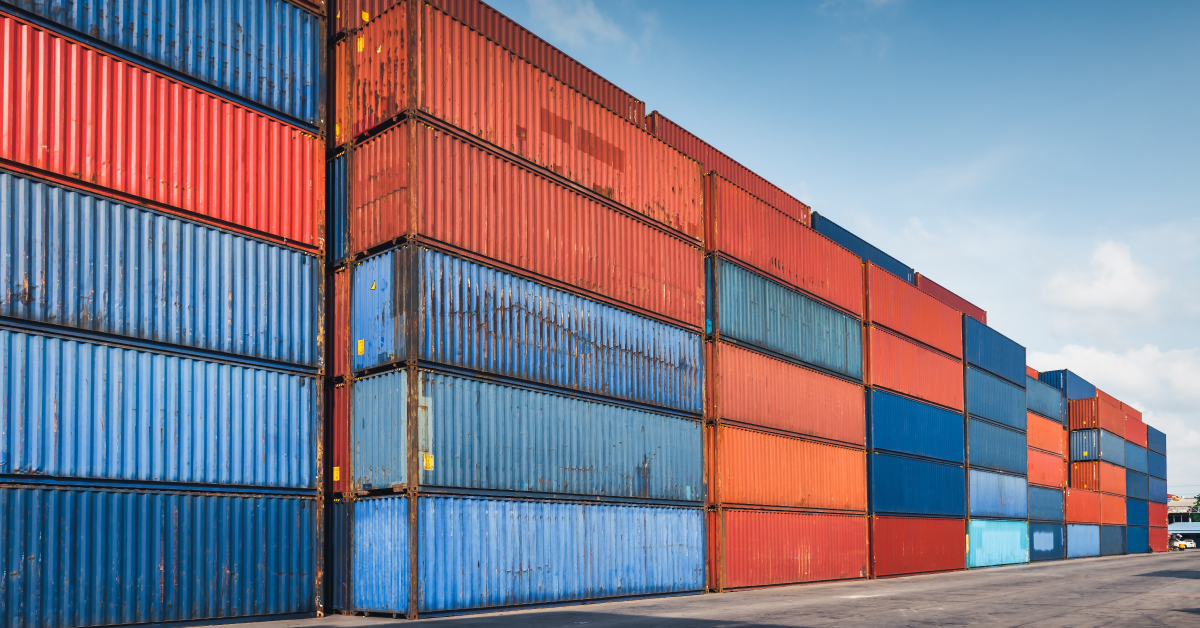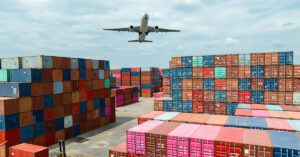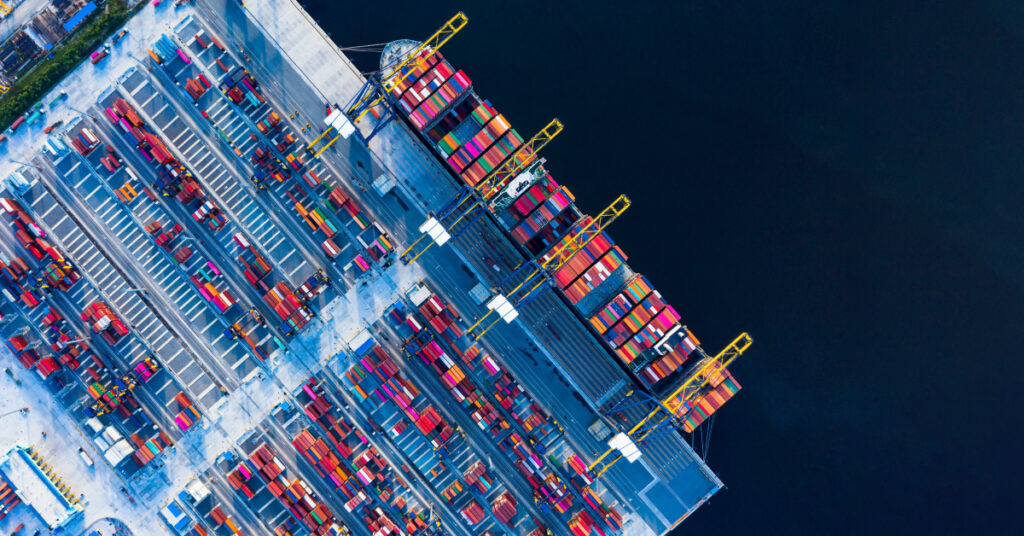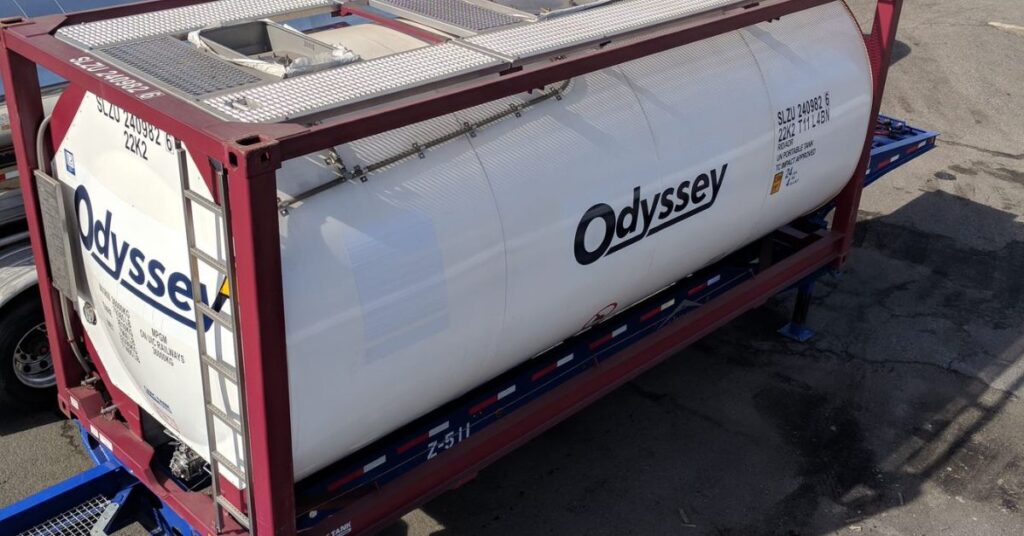The US industrial market achieved record-high asking rents amid extremely tight space conditions in 2021, and that wave followed shippers right into 2022. While demand well-outpaced supply last year—and created a record low vacancy rate of 3.2% by December—the situation has yet to ease up.
“Amid the supply chain crunch, many companies have struggled to get the inventory they need. Now they have a new problem: finding a place to put it,” Inc., reports. Warehouse space is increasingly hard to come by, it adds, and this “presents a particular challenge for companies that aim to expand their operations and output.”
Peak Season Looms
Most years, shippers plan for peak season to start in July and then continue into the first week of December. Looking only at Amazon’s calendar, for example, Prime Day takes place in mid-June, the back to school season kicks off in August and then the holiday shipping seasons starts at the beginning of October.
According to JOC, key ports along the southeastern US are warning of a coming import surge — and subsequent vessel backlogs — this summer, driven by the ongoing volume shift away from the congested West Coast. External dynamics like factory slowdowns in mainland China linked to COVID-19, “make it impossible to say whether they will clear existing ship backlogs before the expected summer surge,” JOC points out.
Smaller Ports are Beckoning
One way shippers can manage during this uncertainty is by using smaller ports. For example, JOC says Baltimore, Jacksonville, and Wilmington, North Carolina, are all free of congestion at the moment, and that they’ve all lost Asian import share as importers gravitate toward larger hubs. “Asian imports into those three secondary ports fell a combined 20 percent between January and March,” it reports, “mostly owing to weaker volumes in Jacksonville and Wilmington.”
“Queues of vessels carrying raw materials have jumped after Shanghai initiated a citywide lockdown at the end of last month to combat COVID-19,” says SupplyChainBrain. “More than two weeks on, the congestion has expanded to nearby Ningbo-Zhoushan as ship-owners desperately divert ships to other ports in the country to avoid the trucker shortage and warehouse closures in Shanghai.”
Uncle Sam Steps In
The Ocean Shipping Reform Act (OSRA) currently making its way through Congress promises to improve conditions for importers. The bill revises requirements governing ocean shipping to increase the authority of the Federal Maritime Commission (FMC) to promote the growth and development of U.S. exports through an ocean transportation system that is competitive, efficient, and economical.
Steps to Take now
Give yourself time to find the right partner(s) and then align with them to lay out a plan for success during the peak season, and beyond.








